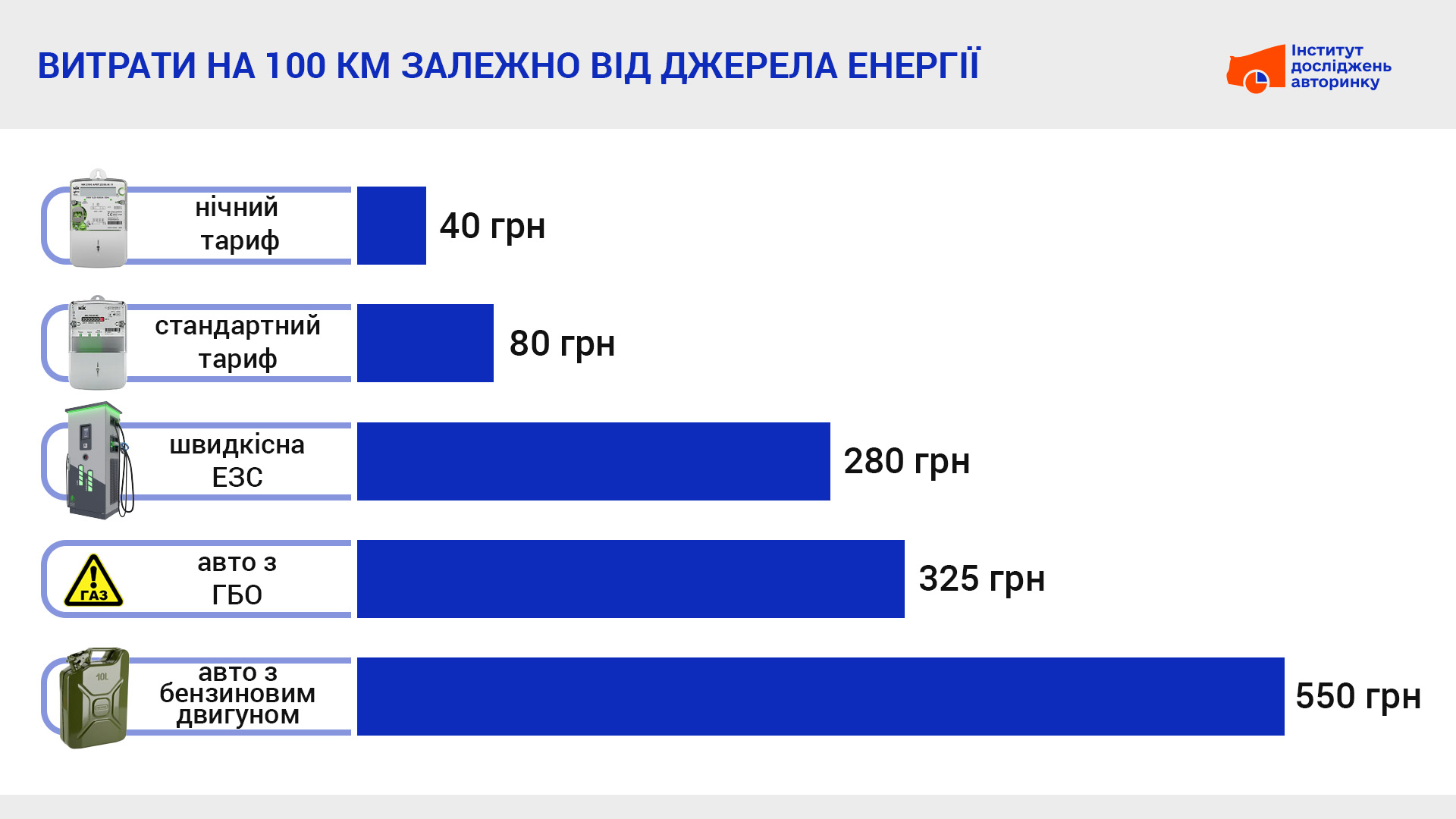The majority of Ukrainian owners of electric cars charge them at home (or near the house, in the garage, etc.), and much less often use charging stations with public access — mainly when traveling long distances, staying in another city, or when there is an urgent need to quickly charge the carʼs battery.
At the moment, there are no absolutely accurate statistics on what part of electric car owners charge them exclusively at home, and how many do not have their own connection point, which could be used to replenish the carʼs range. However, it is known from customer surveys conducted earlier that the availability of the possibility of home (night) charging was the decisive factor for the purchase of an electric car for more than 90% of respondents.
So, the household tariff is important, because most people charge their cars from home sockets. And its increase will obviously affect the price of a conditional 100 kilometers of mileage. But in order to understand how much everything will change, you should proceed to the calculations. They will show whether electricity at 4 hryvnias per kilowatt-hour is able to slow down the electric car market.
For example, letʼs take (deliberately not touching on a specific brand and model, because this will only lead to a discussion about how many and whose kilowatts are spent per hundred mileage) a conventional C-class passenger car, which consumes 17 kWh in the urban cycle for every 100 km of mileage. This is a very real average value for an electric car. We will also take into account 10% losses in the efficiency of the charger and maintenance of the battery during charging (cooling, operation of control automation, etc.). So, in the end, we have 18.7 kWh that must be "pumped" into the battery to cover 100 kilometers.
According to the previous tariff, it cost almost 50 hryvnias. For a new one — UAH 80 (rounded). If a two-zone electricity meter is used and charging takes place during the preferential period (night), then each amount becomes half as much.
Next, for greater visibility and a better understanding of the scale of the savings factor when operating an electric car, let’s compare the price of charging it at paid fast chargers (at 15 UAH/kWh) and add the costs of a similar car with an internal combustion engine that consumes 10 liters of gasoline at a price of 55 UAH /l per 100 km in the city cycle, or 12 liters of liquefied propane-butane mixture at UAH 27/l.

So, even after the increase in the electricity tariff for household consumers (and even without taking into account the "night" tariff) , UAH 80/100 km remains the lowest cost of all the available options for our conditional average small family car, which is operated mainly in the city. And when using a two-zone meter and charging at night, the costs per 100 km amount to an amount equal to the price of one glass of Americano. Therefore, the change in the electricity tariff will not have a significant impact on the electric car market, since this type of energy is still the most affordable compared to all others.
However, for the completeness of the picture, one more factor should be taken into account — the availability of this resource. After all, now in many cities, electricity is supplied according to schedules, and this already complicates the operation of an electric car, makes many public electric power stations unavailable for many hours. And it is precisely this factor (and not the price per kWh) that may hold back the development of the electric vehicle segment on the Ukrainian market.
Subscribe to the Telegram channel of the Auto Market Research Institute to be the first to receive information without advertising or spam.



